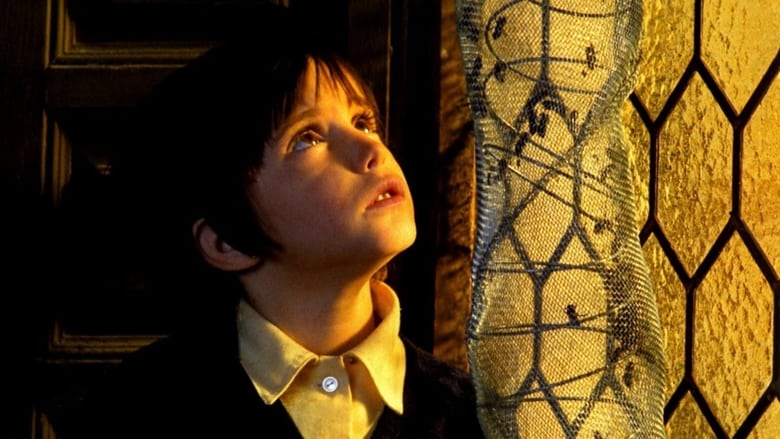El espíritu de la colmena Review
In a vast Spanish plain, harvested of its crops, a farm home rests. Some distance away there is a squat building like a barn, apparently not used, its doors and windows missing. In the home lives a family of four: two little girls named Ana and Isabel, and their parents, Fernando and Teresa. He is a beekeeper, scholar and poet who spends much time in his book-lined study. She is a solitary woman who writes letters of longing and loss to men not identified. The parents have no conversations of any consequences.
It’s an exciting day in the village. A ramshackle truck rattles into town announced by scampering children, who shout, “The movies! The movies!” A screen and projector are set up in the public hall, and an audience of kids and old women gather to see “Frankenstein” (1931).
For the children, the movie had might as well only be about the monster, so tellingly performed by Boris Karloff. The creature comes upon a farmer’s young daughter tossing flowers into a pond to watch them float. Perhaps because of censorship, the film cuts directly from this to the monster mournfully carrying the child’s drowned body through the village. Perhaps because of censorship, we don’t see that he did not drown her, but threw her in with delight, thinking she would float as well. For the two girls, especially Ana (Ana Torrent), this makes a dramatic impression.
Her misunderstanding of the scene will shape the events to follow in Victor Erice’s “The Spirit of the Beehive” (1973), believed by many to be the greatest of all Spanish films. Although the time is not specified, it would have been clear to Spanish audiences that the film is set soon after the end of the Spanish Civil War, which began Franco’s long dictatorship — so soon after that the same day, a wounded opponent of the regime takes refuge in the barn-like outbuilding.
Popular Videos
-
WATCHEDTo mend their troubled relationship, a middle-aged door-to-door salesman, Leon, takes his teenage son on a camping trip into deep rural Appalachia. Little do they know of the mountainous region's sinister secrets. The official trailer is out for . #trailerHangman
-
WATCHEDWatch the official trailer for . #trailerSummer Solstice
-
WATCHEDAfter a wise-cracking alien named Chuck (Roberts) crashes in the backyard, the Jankins family (Roberts, Sloyan) teams up with their new otherworldly friend to battle a dangerous array of weirdos that show up in hot pursuit. Check out the official trailer . #trailerInvaders from Proxima B











